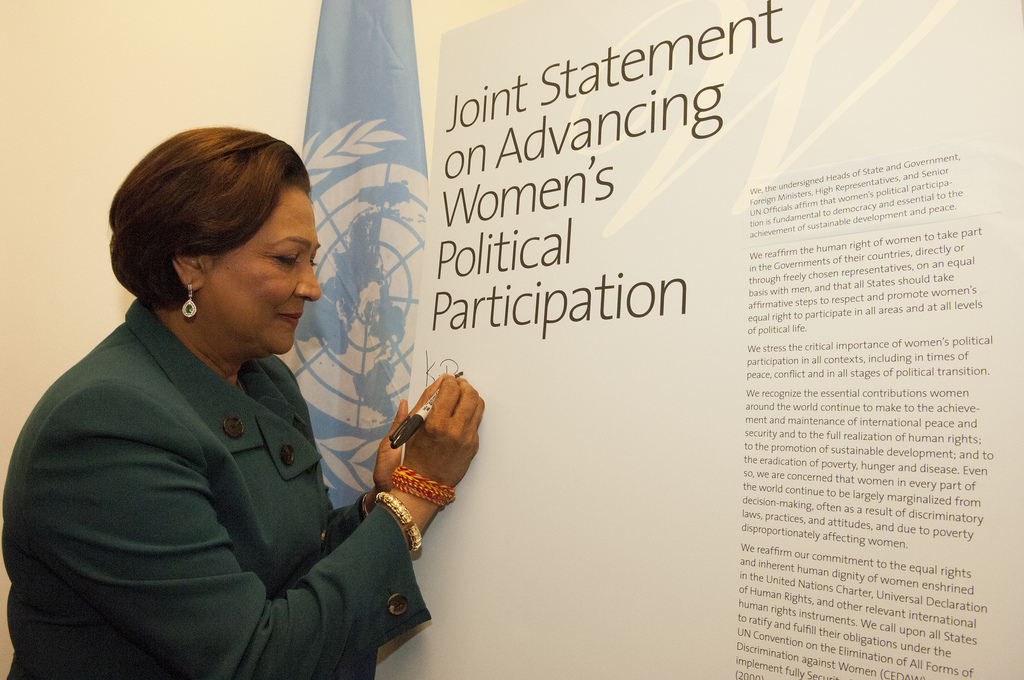Content from the Brookings Institution India Center is now archived. After seven years of an impactful partnership, as of September 11, 2020, Brookings India is now the Centre for Social and Economic Progress, an independent public policy institution based in India.
Introduction:
The Women’s Reservation Bill – which proposes to reserve 33 per cent of seats in Parliament and State Legislative Assemblies for women – has been doing the rounds of the Indian Parliament in various forms since it was first introduced by the Deve Gowda government in 1996, failing each time, to pass. But during all these years that political parties have been passing the buck for their comprehensive failure to pass the bill, women’s reservations in various forms have been introduced in a number of other countries. The experiences of these countries provide valuable lessons for India, regardless of the passage of the bill here.
Women constitute 10.6 percent of members of Parliament in India today, while globally this number is double at 20.4 percent. Given the severe political underrepresentation of women, there has been a surge in the number of countries willing to experiment with various forms of women’s reservations. Data from the International Institute for Democratic and Electoral Assistance, Stockholm (IDEA) shows that an increasing number of countries are currently introducing different types of gender quotas for public elections. Nearly half of the countries of the world today use some type of electoral quota for their parliament. A distinction between two separate dimensions in the definition of women’s reservations is clearly made by Dahlerup (2006). The first dimension covers the mandating authority, that is who has mandated the quota system, while the second dimension explores the selection and nomination process that the reservation targets.
Image Source: UN Women











